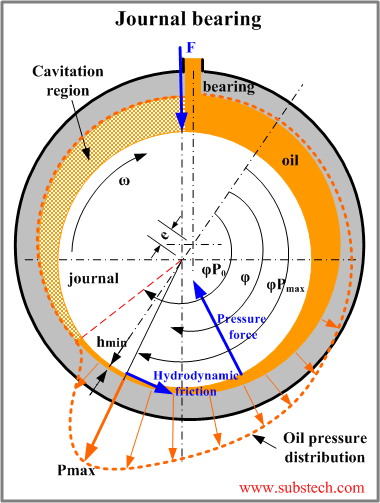Originally Posted By: Keith Z
Another thing to consider is carb jetting. I have had a [censored] of a time correctly jetting my ktm 200 and 300 bikes.
Granted they are not 4 strokes but KTMs are very particular about jetting. You should try one of the JD jet kits, they work very well and are worth the money. They will help eliminate any detonation you may be having and I would mix in some race fuel at every fill up. Good luck.
I think the 350 4t is fuel injected. Not to say that fuel/air mix can't be a problem with injected engines either. Not sure how that system compensates for ethanol content.
In this case, I'd much prefer to stick with conventional leaded race gas or 100LL avgas. That way, the variable ethanol content is never a factor.
I'd put money on longer crank life too.
Another thing to consider is carb jetting. I have had a [censored] of a time correctly jetting my ktm 200 and 300 bikes.
Granted they are not 4 strokes but KTMs are very particular about jetting. You should try one of the JD jet kits, they work very well and are worth the money. They will help eliminate any detonation you may be having and I would mix in some race fuel at every fill up. Good luck.
I think the 350 4t is fuel injected. Not to say that fuel/air mix can't be a problem with injected engines either. Not sure how that system compensates for ethanol content.
In this case, I'd much prefer to stick with conventional leaded race gas or 100LL avgas. That way, the variable ethanol content is never a factor.
I'd put money on longer crank life too.
Last edited:


